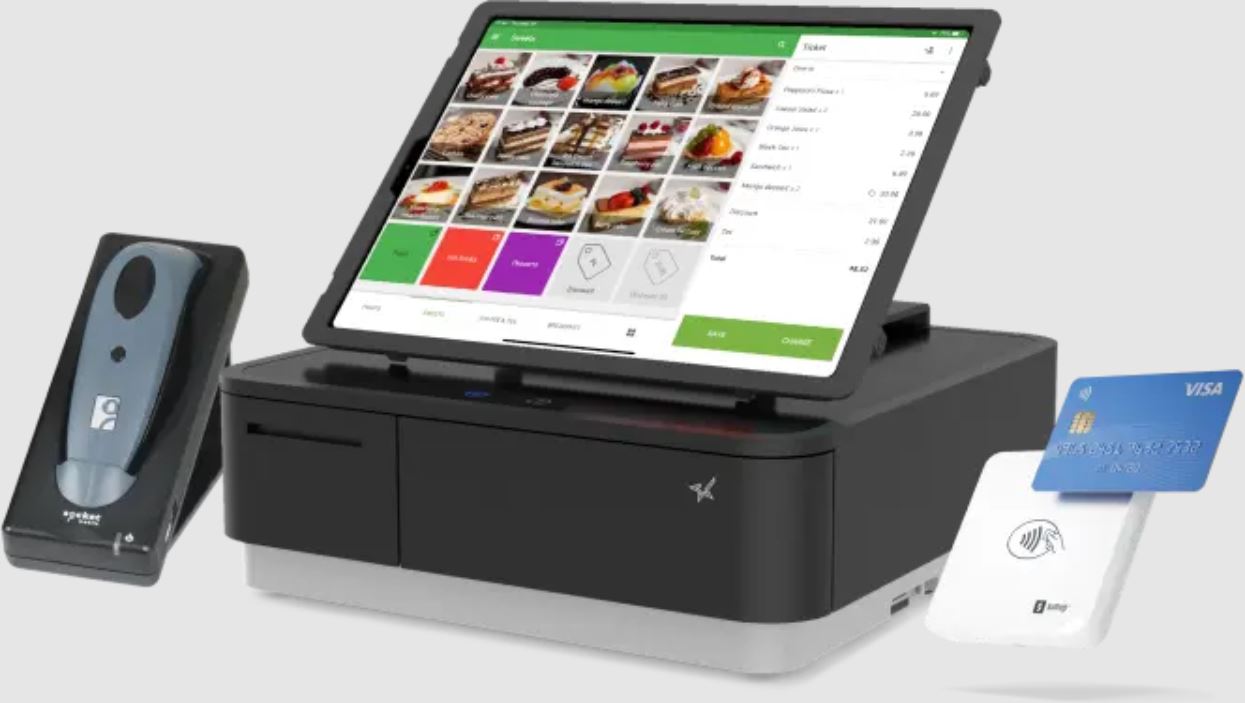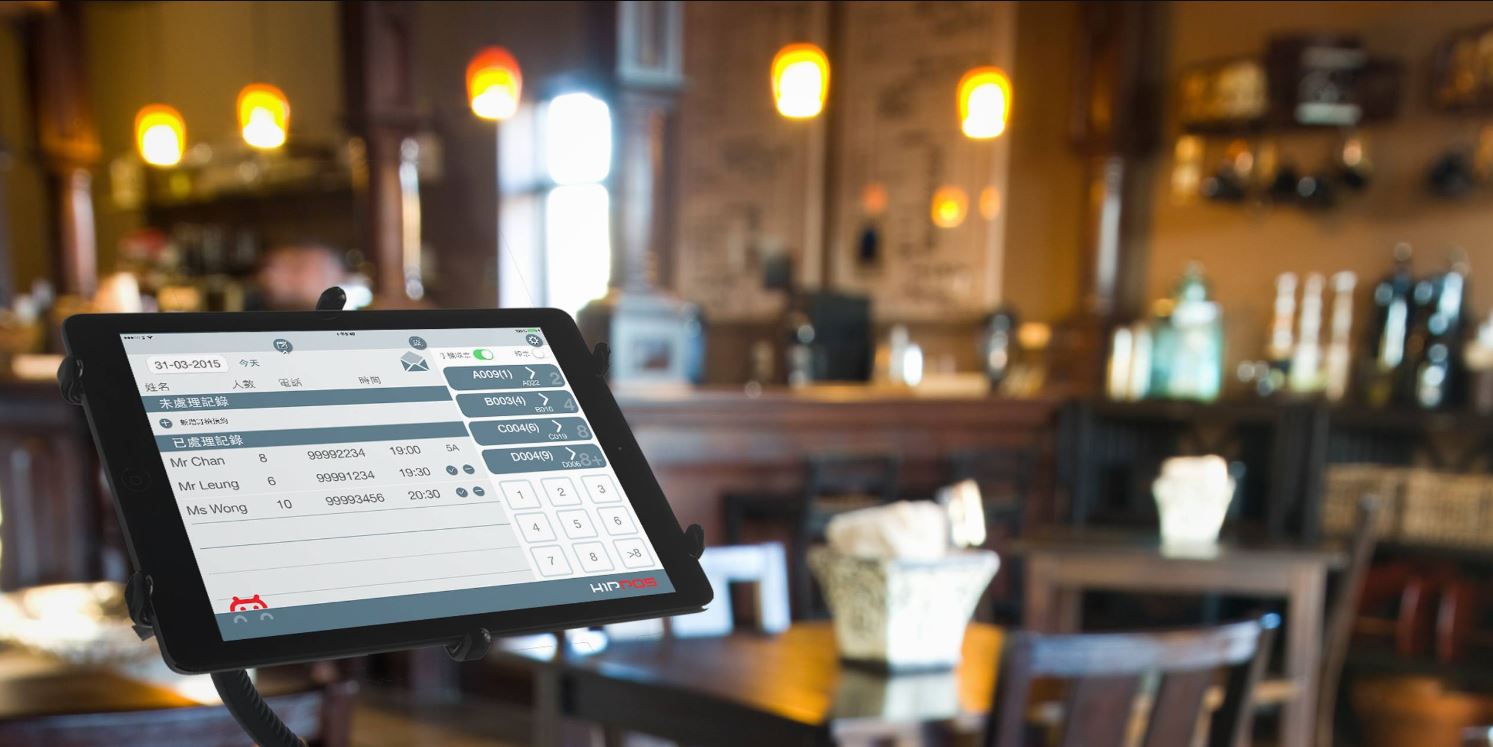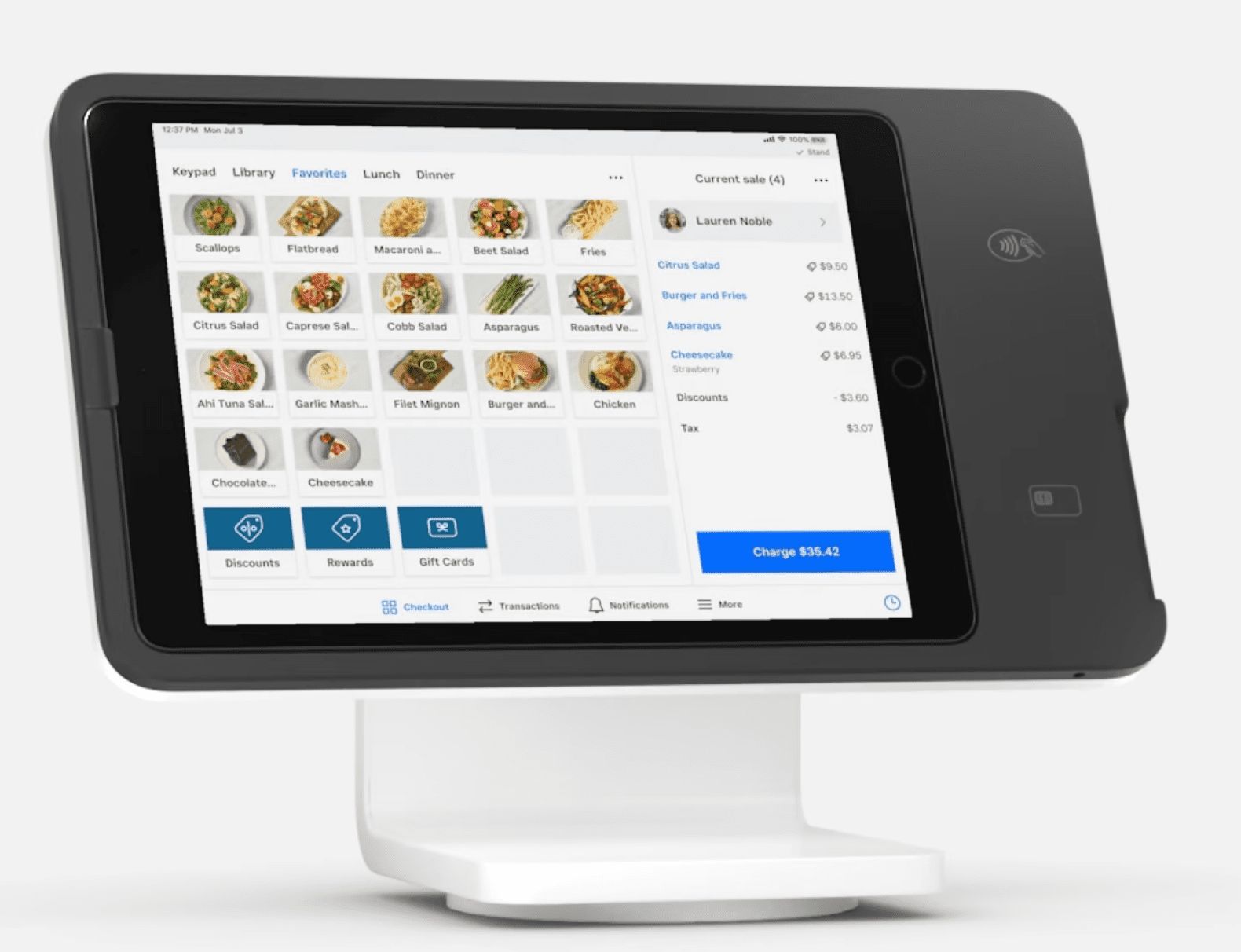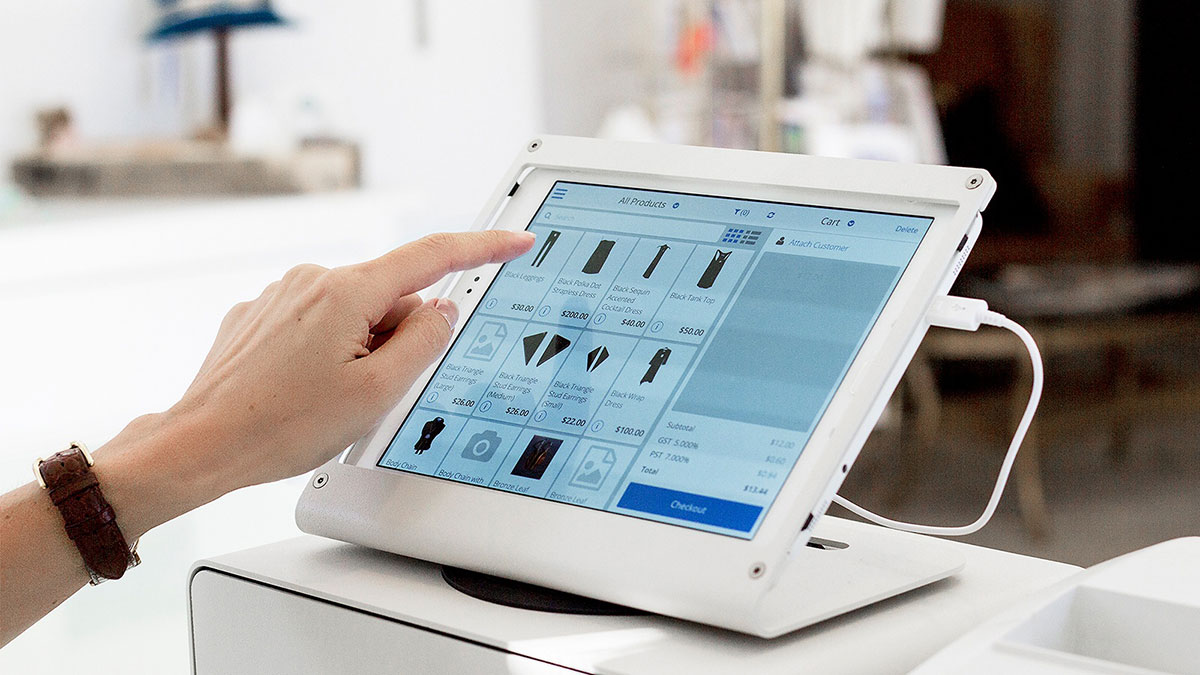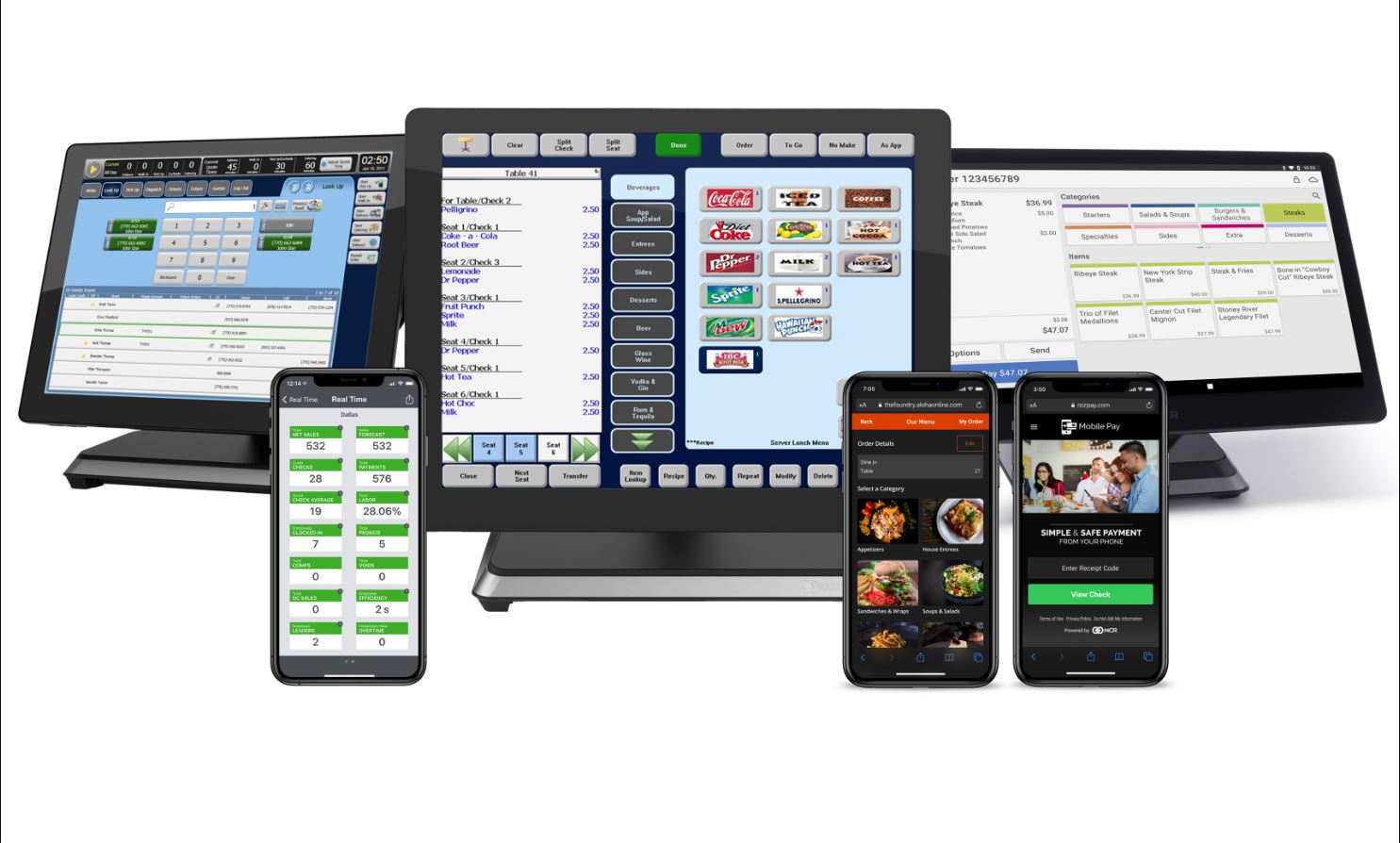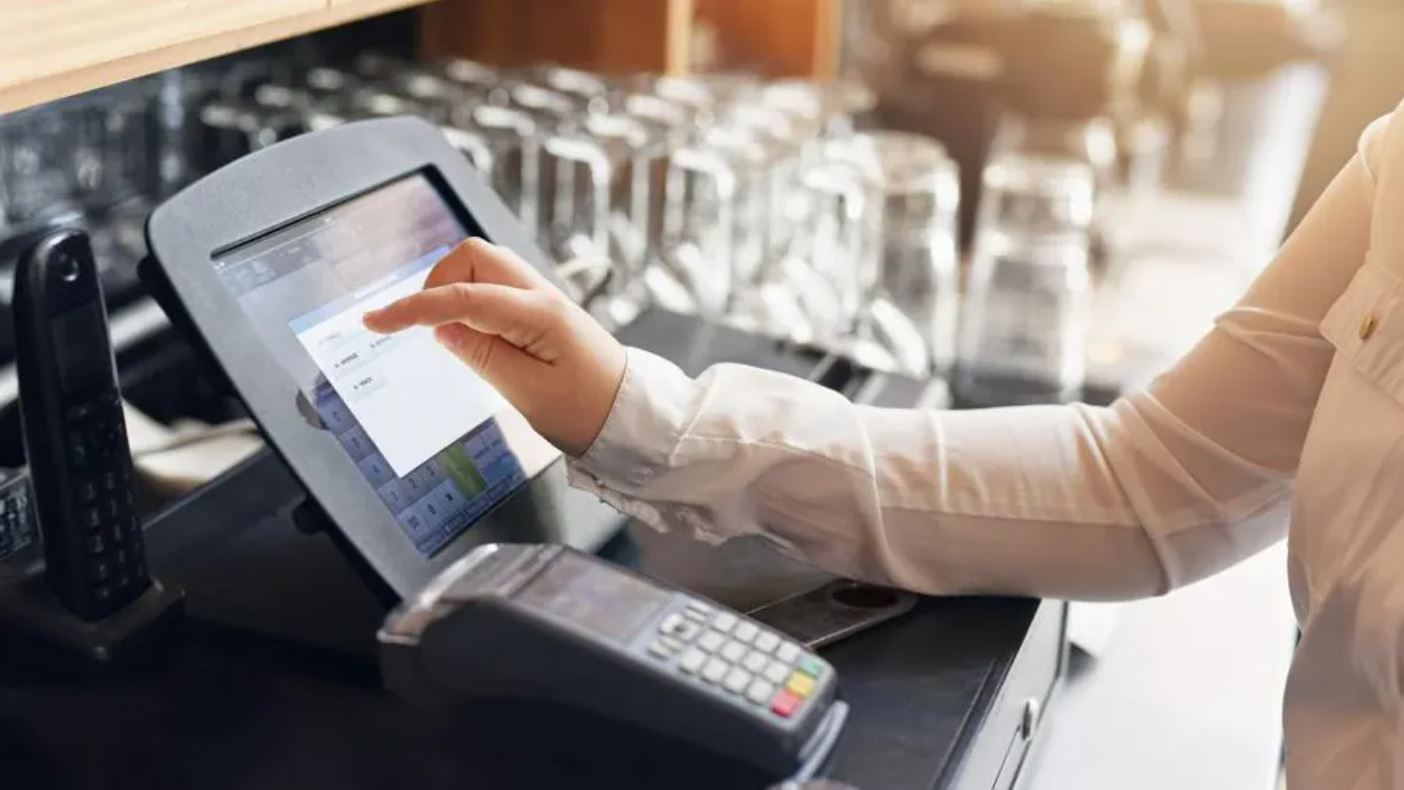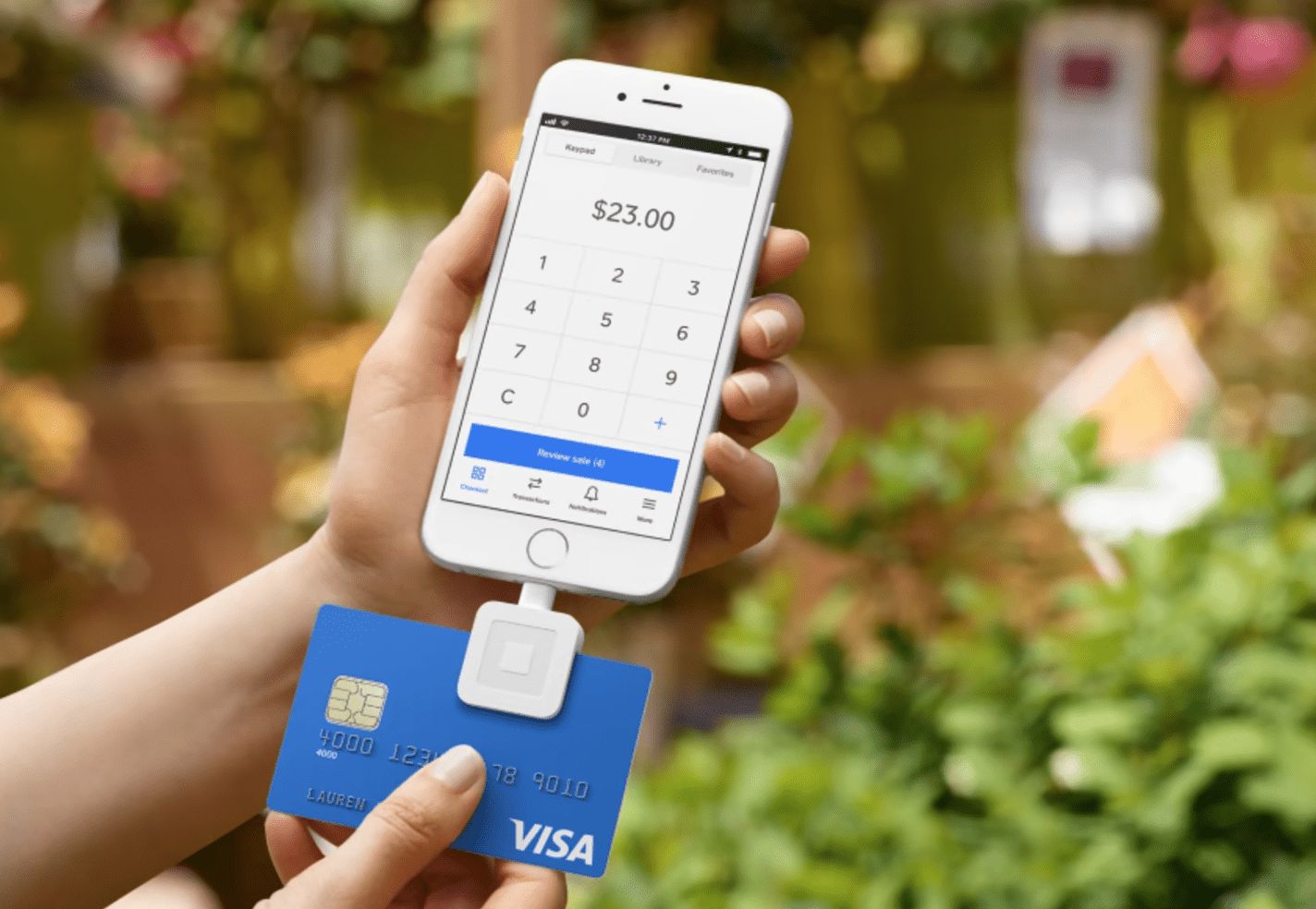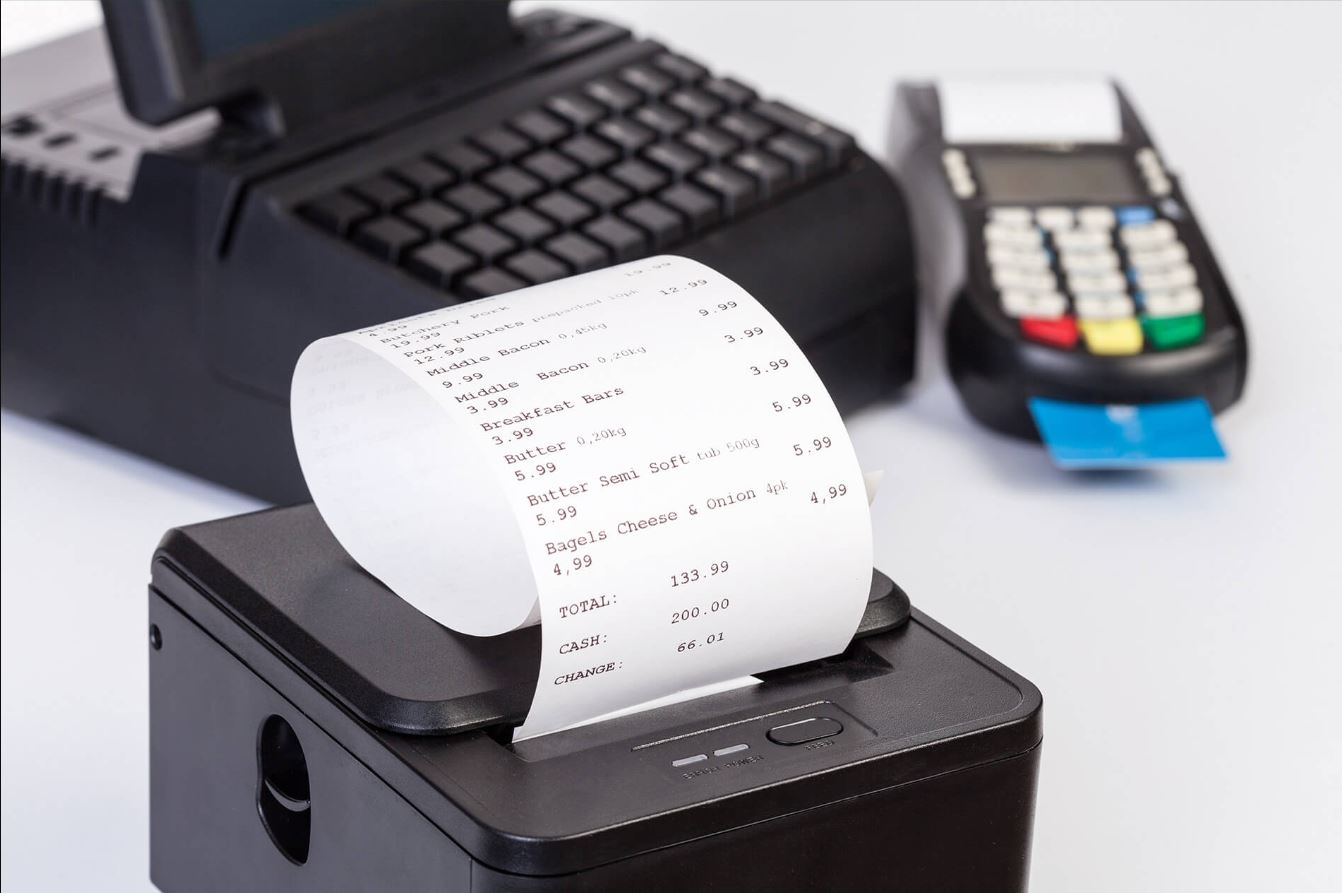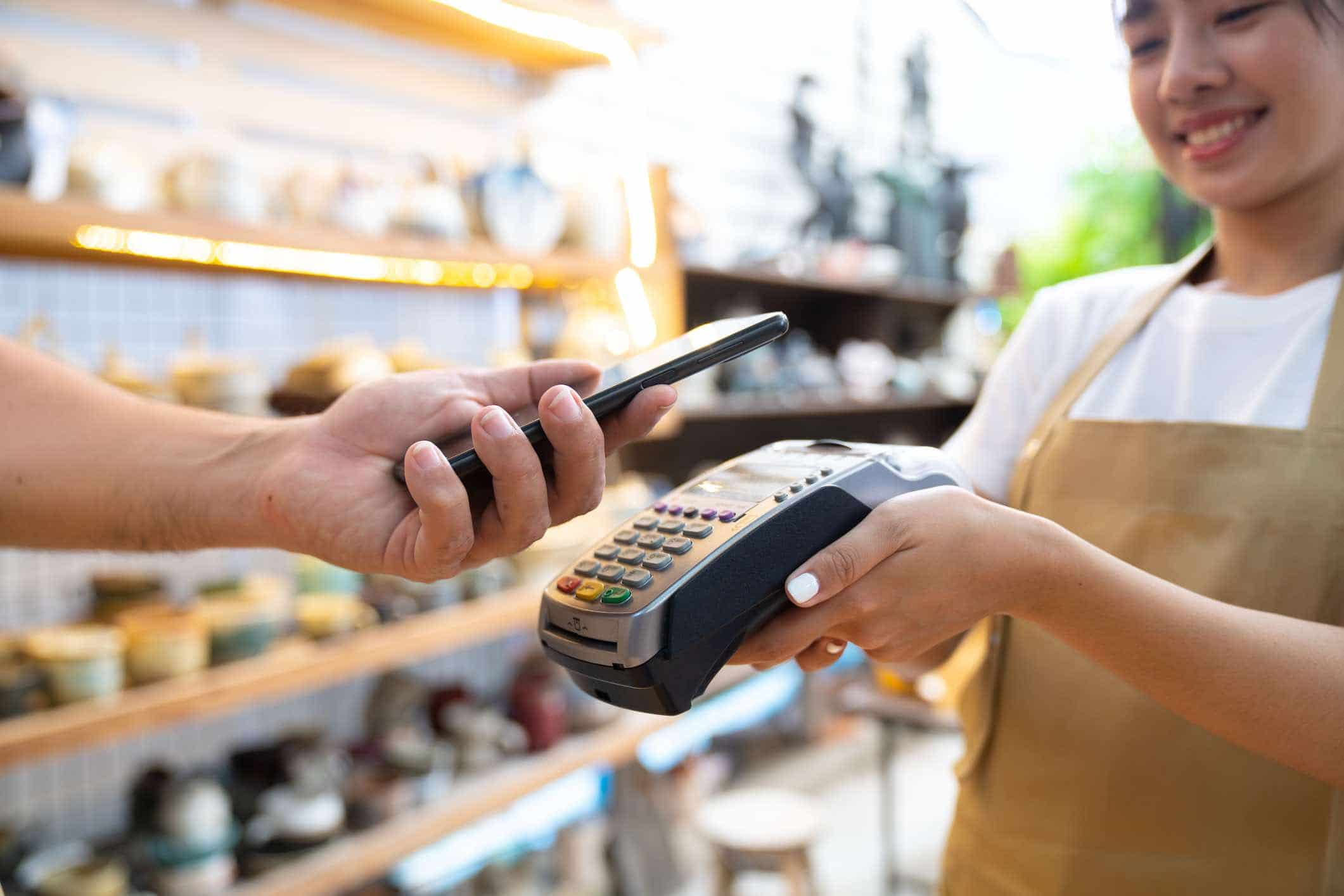Introduction
Running a successful business requires efficient management and the ability to make informed decisions. One essential aspect of managing a business is having a reliable and effective Point of Sale (POS) system. In today’s highly competitive market, a POS system is no longer just a cash register; it is a crucial tool that can streamline operations, improve customer experience, and optimize sales.
A POS system is a combination of software and hardware that allows businesses to process transactions, track sales, manage inventory, and generate valuable reports. It acts as a central hub for all transactional activities, enabling businesses to operate smoothly and gain valuable insights into their operations.
With the increasing reliance on technology, businesses of all sizes and industries can benefit from implementing a POS system. Whether you own a retail store, a restaurant, or a service-based business, a POS system can help you save time, reduce human errors, and better serve your customers.
In this article, we will explore the different components of a POS system, the benefits it offers, the various types available, and how it works. We will also provide tips on choosing the right POS system for your business and highlight some common mistakes to avoid during the implementation process.
So, whether you are a business owner looking to upgrade your existing system or a budding entrepreneur planning to open a new venture, read on to discover why a POS system is an indispensable tool in today’s business landscape.
Definition of a POS System
A Point of Sale (POS) system refers to the combination of software and hardware that enables businesses to complete transactions and manage their sales processes. It is essentially a computerized system that replaces traditional cash registers.
At its core, a POS system is designed to facilitate the secure and efficient processing of sales transactions. It allows businesses to calculate the total amount due, accept various payment methods such as cash, credit cards, or mobile payments, and generate receipts for customers.
However, a modern POS system goes beyond basic transaction processing. It serves as a comprehensive tool for managing various aspects of a business’s operations. With the help of built-in software and hardware components, a POS system can perform functions like inventory management, customer relationship management (CRM), employee tracking, and sales analytics.
A typical POS system includes hardware components such as a computer or tablet, a barcode scanner, a cash drawer, a receipt printer, and a credit card terminal. The software component of a POS system consists of a user interface that allows the business owner or staff to input and process sales transactions, manage inventory, generate reports, and perform other necessary functions.
Furthermore, modern POS systems often offer additional features, such as integration with online stores, loyalty program management, and the ability to generate detailed sales reports. These advanced capabilities enhance the efficiency and effectiveness of a business’s operations, allowing owners and managers to make data-driven decisions and improve overall performance.
Overall, a POS system is much more than just a tool for completing transactions. It is a comprehensive solution that streamlines sales processes, improves inventory management, enhances customer service, and provides valuable insights into business performance.
Components of a POS System
A Point of Sale (POS) system consists of several components that work together to create a seamless and efficient transactional experience. These components are a combination of hardware and software elements that enable businesses to process sales, manage inventory, and track various aspects of their operations. Let’s explore the key components of a POS system:
- Hardware: The hardware components of a POS system include a computer or tablet, barcode scanner, cash drawer, receipt printer, and credit card terminal. These components work together to facilitate transactions and ensure accurate and secure processing.
- Software: The software component of a POS system provides the user interface and functionality needed to process transactions, manage inventory, generate reports, and perform other business-critical tasks. The software may be installed directly on the hardware or accessed through a cloud-based system.
- Barcode Scanner: A barcode scanner is an essential component of a POS system, allowing businesses to quickly and accurately input product information during the checkout process. It saves time, reduces human error, and provides real-time inventory tracking.
- Cash Drawer: The cash drawer is where cash payments from customers are stored securely. It is typically connected to the POS system and opens automatically when a transaction is completed, ensuring a seamless and efficient checkout process.
- Receipt Printer: A receipt printer allows businesses to provide customers with a printed receipt for their purchases. It helps in maintaining proper records and ensures that customers have a physical proof of their transactions for refunds or warranty claims.
- Credit Card Terminal: A credit card terminal is a device that allows businesses to accept and process credit card payments. It can be a separate hardware component or integrated into the POS system, providing a secure and convenient payment option for customers.
- Inventory Management System: An inventory management system is a software component of a POS system that allows businesses to track and manage their merchandise. It provides real-time data on stock levels, enables automatic reordering, and helps prevent stockouts or overstocking.
- Reporting and Analytics: Many POS systems offer reporting and analytics capabilities, allowing businesses to generate detailed insights into their sales performance, customer behavior, and inventory trends. This data helps businesses make informed decisions and identify areas for improvement.
These components work together harmoniously to create a powerful POS system that simplifies and optimizes the sales process, enhances inventory management, and provides valuable insights for business owners and managers.
Benefits of Using a POS System
Implementing a Point of Sale (POS) system in your business offers a wide range of benefits that can significantly enhance your operations and boost your bottom line. Here are some key advantages of using a POS system:
- Streamlined Transactions: A POS system expedites the checkout process by automating transaction processing. It allows you to scan products, calculate totals, and accept various payment methods efficiently. This not only saves time for your customers but also reduces the chances of human error during manual calculations.
- Improved Inventory Management: With a POS system, you can accurately track and manage your inventory in real-time. When a product is sold, the system automatically deducts it from your inventory count, ensuring you always have accurate stock levels. This helps prevent stockouts, overstocking, and allows you to make informed decisions about reordering.
- Enhanced Reporting and Analytics: POS systems provide detailed sales reports, allowing you to gain valuable insights into your business performance. You can analyze sales trends, identify popular products, measure employee productivity, and track customer buying behavior. This data-driven approach helps you make informed decisions to optimize your operations and drive sales.
- Efficient Employee Management: POS systems often include features for employee management, such as time tracking, shift scheduling, and performance monitoring. This simplifies the process of managing and paying employees accurately and helps you track their productivity and sales performance.
- Customer Relationship Management (CRM): Many POS systems offer CRM capabilities, allowing you to capture customer information, track purchase history, and implement loyalty programs. This enables you to provide personalized customer experiences, tailor marketing campaigns, and build strong customer relationships.
- In-depth Business Insights: POS systems provide deep insights into your business by examining sales patterns, identifying peak hours, and monitoring seasonal trends. This data helps you make strategic decisions about pricing, promotions, and inventory management, ultimately maximizing your profitability.
- Increased Accuracy and Reduced Errors: Manual processes are prone to errors, leading to financial discrepancies and dissatisfied customers. A POS system reduces the risk of human error by automating calculations, eliminating the need for manual price entry, and ensuring accurate transaction records.
- Integration and Scalability: POS systems often integrate with other business software, such as accounting or e-commerce platforms, allowing for seamless data transfer and streamline operations. Additionally, as your business grows, a scalable POS system can accommodate your changing needs and support multiple locations.
In summary, implementing a POS system in your business brings efficiency, accuracy, and valuable insights that can improve your overall operations, enhance customer satisfaction, and drive business growth.
Different Types of POS Systems
Point of Sale (POS) systems come in various types, each designed to cater to specific business needs and industry requirements. Understanding the different types of POS systems can help you choose the one that best suits your business. Here are some common types of POS systems:
- Retail POS Systems: Retail POS systems are ideal for businesses that sell physical products, such as clothing stores, electronics shops, or grocery stores. They often include features like barcode scanning, inventory management, and customer relationship management (CRM) to streamline retail operations.
- Restaurant POS Systems: Restaurant POS systems are specifically designed for the foodservice industry, including fast-food chains, cafes, and fine dining establishments. These systems typically offer table management, order customization, ingredient tracking, and integration with kitchen display systems to improve restaurant efficiency.
- Mobile POS Systems: Mobile POS systems utilize mobile devices such as smartphones or tablets to process transactions. They are popular among businesses with mobile operations, pop-up shops, or small vendors who need a portable and affordable solution. Mobile POS systems provide flexibility, allowing business owners to accept payments anywhere with an internet connection.
- eCommerce POS Systems: eCommerce POS systems are designed to integrate with online stores, allowing businesses to seamlessly manage their inventory and sales across multiple channels. These systems enable real-time inventory synchronization, order tracking, and central management of online and offline sales.
- Cloud-Based POS Systems: Cloud-based POS systems store data on remote servers, accessible via the internet. They offer the advantage of remote access, allowing business owners to manage their operations from anywhere and providing automatic data backups. Cloud-based POS systems are scalable and often come with regular software updates and integration capabilities.
- Self-Service Kiosk Systems: Self-service kiosk systems are commonly used in fast-food restaurants, cinemas, and retail settings. Customers can independently place their orders and make payments using touchscreens or other input devices. These systems streamline the ordering process, reduce wait times, and can also offer upselling opportunities.
It’s important to evaluate your business needs, industry requirements, and budget when choosing a POS system. Consider factors such as the size of your business, the complexity of your operations, the need for mobility, and integration capabilities. Consulting with POS vendors and understanding customer reviews can also help you make an informed decision.
Remember, selecting the right POS system is essential for optimizing operations, delivering excellent customer experiences, and driving business growth.
How a POS System Works
A Point of Sale (POS) system works by facilitating the transaction process and seamlessly integrating various business operations. The underlying technology and steps involved may vary based on the specific POS system, but here is a general overview of how a POS system typically works:
- Product Scanning: When a customer brings items to the checkout counter, the barcode scanner is used to scan each item. The barcode contains product information, such as the price and stock details, which is recorded by the POS system.
- Transaction Processing: Once all the items are scanned, the POS system calculates the total amount due, including any applicable taxes or discounts. The system accepts various payment methods, such as cash, credit cards, or mobile payments, allowing the customer to choose their preferred method.
- Payment Authorization: If the customer chooses to pay by credit card, the POS system connects to the payment processor to authorize the transaction. The system securely communicates with the payment processor and verifies the customer’s payment details, ensuring a secure transaction.
- Receipt Generation: After the payment is processed and authorized, the POS system generates a receipt for the customer. This receipt may be printed from a receipt printer or sent digitally via email or SMS, depending on the preferences of the business and the customer.
- Inventory Management: Simultaneously with the transaction processing, the POS system updates the inventory count in real-time. It deducts the sold items from the inventory, ensuring accurate stock levels and generating alerts when the stock is running low. This helps in efficient inventory management and prevents stockouts.
- Reporting and Analytics: A POS system captures and stores transaction data, allowing businesses to generate detailed reports and analytics. These reports provide insights into sales performance, top-selling products, customer behavior, and employee productivity. Businesses can use this data to make informed decisions, create targeted marketing campaigns, and optimize their operations.
- Integration with Other Systems: POS systems often integrate with other business software such as accounting systems, CRM tools, and e-commerce platforms. This integration enables seamless data transfer and streamlines operations, ensuring that all systems are up to date and reducing manual data entry.
It’s important to note that the precise working process of a POS system may differ based on the specific features and functionalities offered by different providers. However, the fundamental goal remains the same, which is to provide a streamlined and efficient transactional experience while enabling businesses to manage inventory, track sales, and gain valuable insights to drive success.
Features to Look for in a POS System
When choosing a Point of Sale (POS) system for your business, it’s important to consider the specific features and capabilities that will best meet your needs. While the ideal features may vary depending on your industry and business requirements, here are some key features to look for in a POS system:
- Intuitive User Interface: A user-friendly and intuitive interface is crucial for your employees to quickly learn and navigate the POS system. Look for a system that is easy to use, with clear buttons and straightforward menu options.
- Inventory Management: Effective inventory management is essential for businesses. Look for a POS system that offers robust inventory management features, including real-time inventory tracking, automated reordering, stock level alerts, and the ability to categorize and track products.
- Sales Reporting and Analytics: The ability to generate detailed sales reports and access analytics is crucial for making informed business decisions. Look for a POS system that provides comprehensive reporting features, allowing you to analyze sales patterns, track customer behavior, and identify top-performing products.
- Integration Capabilities: Consider the compatibility of the POS system with other software and systems essential to your business, such as accounting software, CRM tools, or e-commerce platforms. Integration capabilities ensure smooth data flow and reduce the need for manual data entry.
- Mobile and Cloud Access: In today’s mobile-driven world, having the flexibility to access your POS system remotely is beneficial. Look for a system that offers mobile and cloud access, allowing you to manage your business from anywhere, as long as you have an internet connection.
- Payment Options: Consider the payment options the POS system supports. It should be able to accept a variety of payment methods, including cash, credit cards, mobile payments, and possibly other emerging payment technologies.
- Customer Relationship Management (CRM) Features: If building strong customer relationships is important for your business, choose a POS system with CRM capabilities. Look for features such as customer profiles, purchase history tracking, loyalty program integration, and targeted marketing options.
- Employee Management: If you have a team of employees, consider a POS system that offers employee management features such as time tracking, shift scheduling, and performance monitoring. This helps streamline employee management and ensures accurate payroll processing.
- Security Measures: Security is crucial when dealing with sensitive customer information and financial transactions. Look for a POS system that offers advanced security measures, including data encryption, secure payment processing, and access controls to protect your business and customer data.
While considering these features, it’s important to balance your budget and prioritize the must-have features that align with your business goals and objectives. Evaluating the reputation and reliability of the POS system provider, reading customer reviews, and seeking recommendations from industry peers can also help you make an informed decision.
By selecting a POS system with the right features, you can streamline your operations, improve customer service, optimize sales, and ultimately enhance the overall success of your business.
Common Mistakes to Avoid When Implementing a POS System
Implementing a Point of Sale (POS) system can be a game-changer for your business, but it’s crucial to approach the implementation process with caution and avoid common pitfalls that may hinder its success. Here are some common mistakes to avoid when implementing a POS system:
- Inadequate Planning: Failing to plan properly is one of the biggest mistakes businesses make when implementing a POS system. Take the time to thoroughly assess your business needs, define your goals, and plan the implementation process. This includes considering hardware and software requirements, training your staff, and ensuring a smooth transition from the old system.
- Insufficient Staff Training: Providing comprehensive training to your staff is essential for successful POS system implementation. Far too often, businesses overlook the importance of training, leading to confusion and inefficiency. Take the time to train your employees on how to use the new system, including transaction processing, inventory management, and any additional features it offers.
- Poor Data Migration: When transitioning from an old system to a new POS system, it’s crucial to ensure a smooth and accurate data migration process. Mistakes during data migration can lead to inventory discrepancies, loss of customer information, and other data-related issues. Take the time to carefully migrate your data, verify its accuracy, and perform thorough testing to avoid potential problems.
- Lack of Integration: Integration with other systems is essential for seamless business operations. Failing to consider integration capabilities can lead to inefficiencies, double data entry, and increased room for error. Ensure that your chosen POS system integrates smoothly with other core business systems, such as accounting software, e-commerce platforms, and CRM tools, to streamline operations and data management.
- Neglecting Security Measures: Security should be a top priority when implementing a POS system. Neglecting to implement proper security measures can leave your business and customer data vulnerable to cyber threats. It’s crucial to invest in data encryption, secure payment processing, and access controls to protect sensitive data and ensure the privacy and trust of your customers.
- Not Regularly Updating the System: Failing to update your POS system regularly can result in missing out on important bug fixes, security patches, and new features. Updates often provide enhancements to system performance, stability, and security. Make it a habit to regularly update your POS system to ensure you are leveraging its full capabilities and staying up to date with the latest advancements.
- Not Seeking Professional Assistance: Implementing a POS system can be complex, and it’s important to seek professional assistance when necessary. Engage with experts, consultants, or the POS system provider to guide you through the implementation process, address any challenges, and ensure a successful deployment.
By avoiding these common mistakes, you can optimize the implementation process, minimize disruptions, and maximize the benefits of your POS system. Take the time to plan, train your team, ensure data accuracy, prioritize security measures, and seek professional assistance when needed. This will set the foundation for a successful POS system implementation that will improve your business operations and drive success.
Choosing the Right POS System for Your Business
Choosing the right Point of Sale (POS) system for your business is a critical decision that can greatly impact your operations, customer experience, and overall success. With numerous options available in the market, it’s important to consider several factors to ensure you select the best POS system that aligns with your business needs. Here are essential considerations when choosing a POS system:
- Business Requirements: Evaluate your specific business requirements and industry needs. Consider factors such as the size of your business, the nature of your products or services, and any unique operational needs. This will help you identify the features and functionalities that the POS system must have to meet your specific needs.
- Scalability: Think about the growth potential of your business. Select a POS system that can accommodate your future growth and expansion plans. Look for a system that is scalable, allowing you to add more locations, users, and functionalities as your business expands.
- Budget: Determine a realistic budget for your POS system, considering both upfront costs and ongoing expenses such as software updates, maintenance, and equipment. It’s essential to find a balance between your budget and the features and capabilities you need, so you don’t compromise on critical functionalities.
- Integration: Assess the integration capabilities of the POS system. Consider the software and systems you currently use, such as accounting software, inventory management tools, or e-commerce platforms. Ensure that the POS system can seamlessly integrate with these systems to facilitate data synchronization and streamline operations.
- User-Friendly Interface: Look for a POS system with an intuitive and user-friendly interface. A system that is complicated and difficult to navigate can slow down operations and lead to errors. Choose a system that is easy for your employees to learn and use effectively, reducing training time and increasing efficiency.
- Support and Training: Consider the level of support and training provided by the POS system provider. Ensure they offer comprehensive training resources, tutorials, and ongoing support to assist you in the implementation and day-to-day usage of the system. Responsive customer support is crucial for addressing any issues or questions that may arise during the use of the POS system.
- Security: Security is paramount when handling customer data and financial transactions. Choose a POS system that provides robust security measures, such as data encryption, secure payment processing, and access controls. Verify that the system complies with industry security standards to protect your business and customer information.
- Reviews and Reputation: Research the reputation and customer reviews of the POS system provider. Look for testimonials, case studies, and feedback from businesses similar to yours. This will give you insights into the reliability, performance, and customer satisfaction of the system.
By carefully considering these factors, you can identify the POS system that best fits your business requirements. Take the time to evaluate your needs, prioritize essential features, and thoroughly assess the options available in the market. Consulting with POS system providers, seeking recommendations from industry peers, and testing the system through demos or trials can also help you make an informed decision.
Choosing the right POS system will empower your business with streamlined operations, improved customer experiences, and the tools needed to achieve long-term success.
Conclusion
Implementing a Point of Sale (POS) system can be a transformative step for your business, enabling you to streamline operations, enhance customer experiences, and make data-driven decisions. By understanding the definition, components, benefits, and different types of POS systems, you can make an informed choice that aligns with your business needs.
When choosing a POS system, consider critical factors such as intuitive user interface, inventory management features, reporting and analytics capabilities, integration options, and security measures. This ensures that you select a system that supports your specific business requirements, industry, and plans for growth.
Avoid common mistakes during implementation, such as inadequate planning, insufficient staff training, poor data migration, neglecting security measures, or not seeking professional assistance. By proactively addressing these challenges, you can ensure a successful implementation process and maximize the benefits of your POS system.
Remember, choosing the right POS system is a strategic decision that can have a significant impact on your business’s efficiency, customer satisfaction, and bottom line. Take the time to evaluate your options, seek expert guidance when necessary, and prioritize the features that are crucial for your business’s success.
By embracing the power of a reliable and effective POS system, you can optimize your operations, improve inventory management, gain valuable insights, and deliver exceptional customer experiences. With the right POS system in place, your business will be well-equipped to navigate the ever-evolving business landscape and drive sustainable growth.







